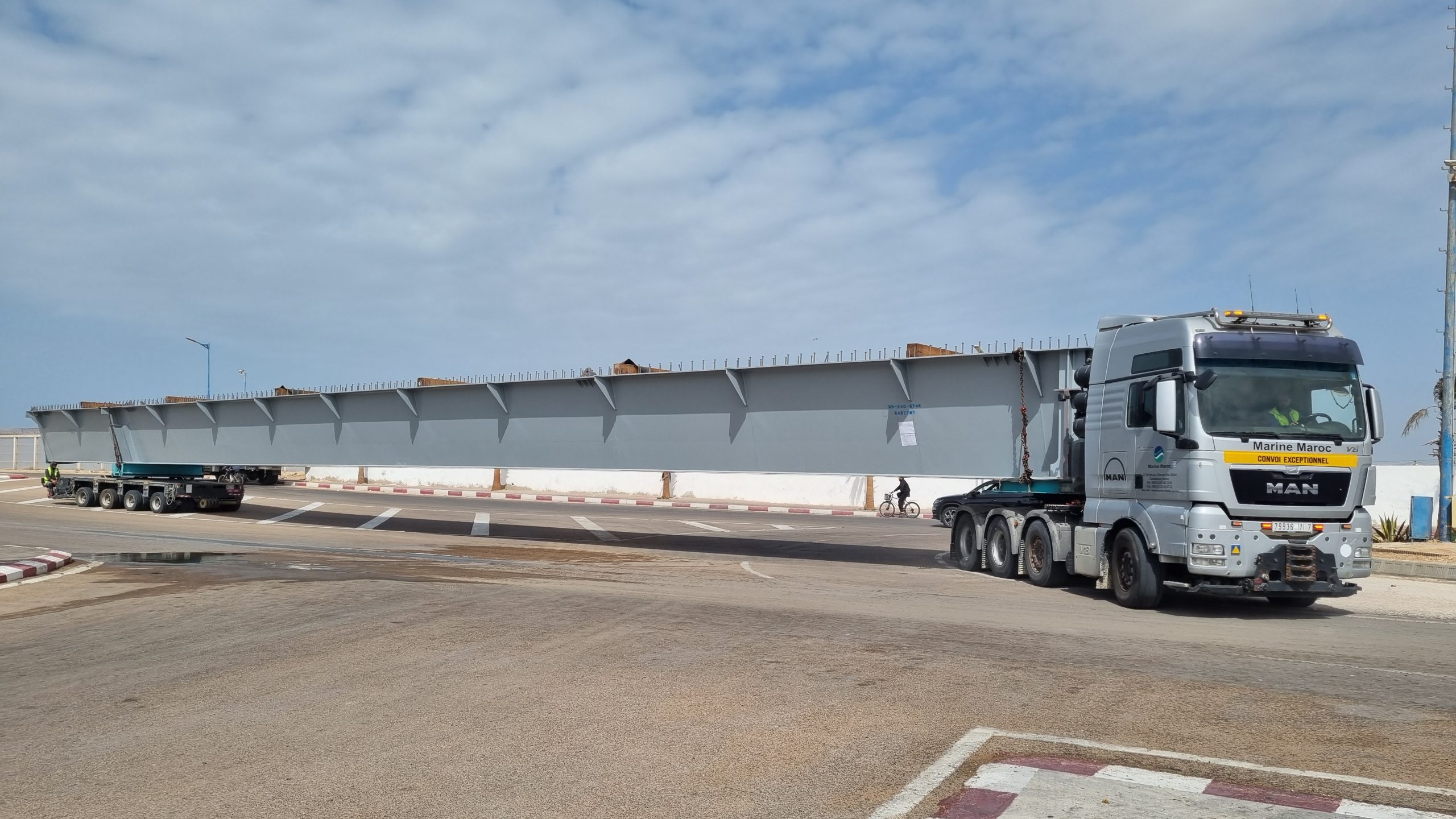The transportation of equipment in the construction and infrastructure sector is a crucial element to ensure the smooth progress of projects. Whether for large-scale sites such as roads, bridges, or buildings, well-coordinated logistics are essential to ensure that materials and machinery arrive on time and safely.
Heavy equipment, such as excavators, bulldozers, and cranes, plays a central role in the execution of construction projects. Their transport requires specialized vehicles capable of bearing their weight and dimensions. Additionally, route planning is paramount to avoid obstacles such as bridges, tunnels, or restricted traffic zones. Logistics companies must also consider local regulations regarding the transportation of heavy loads, which may include obtaining specific permits.
In summary, the transportation of equipment in construction and infrastructure is a complex process that requires meticulous planning, effective coordination, and careful attention to detail. As the sector evolves, innovation and sustainability will increasingly play important roles in addressing the logistical challenges in this field.

